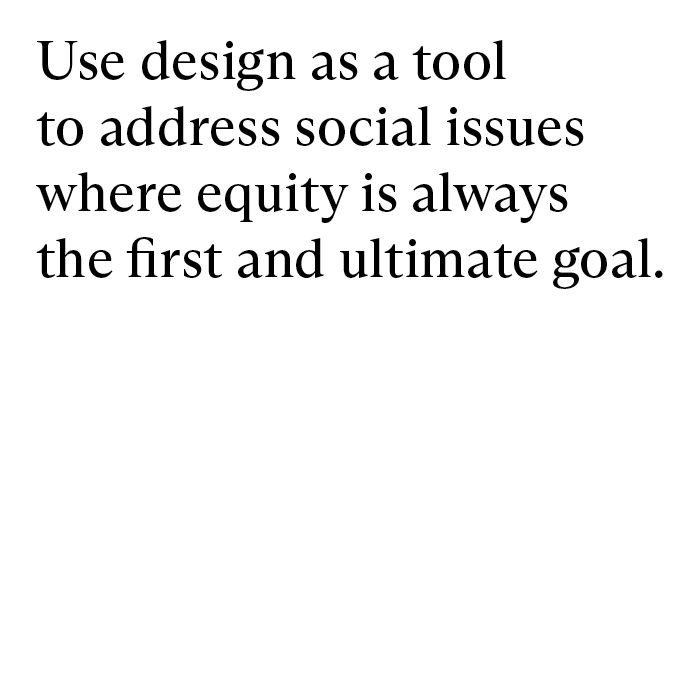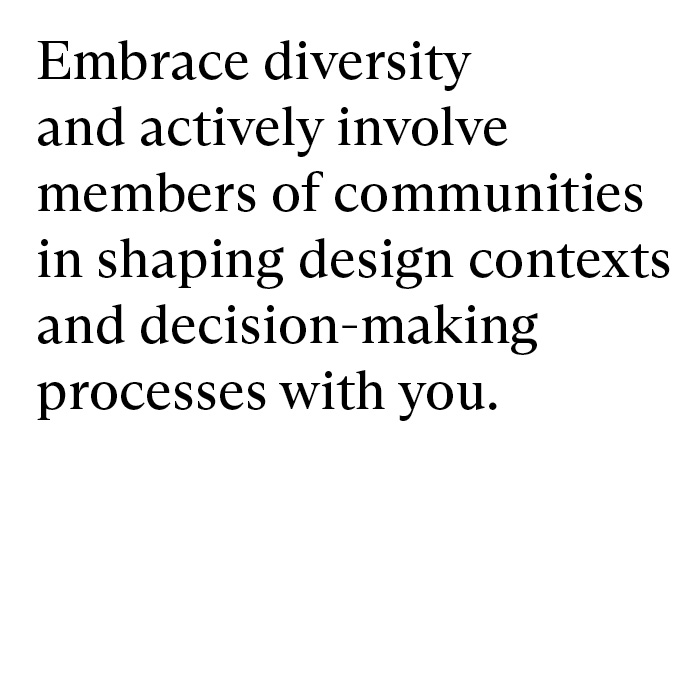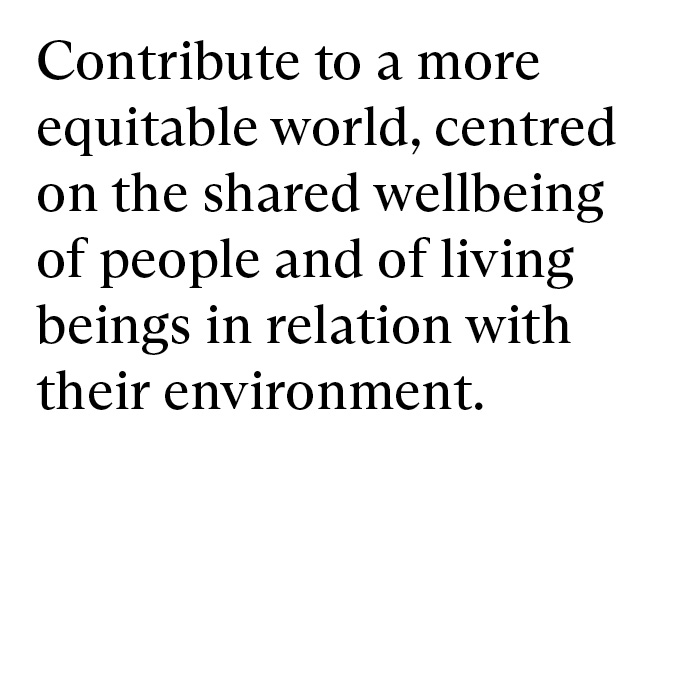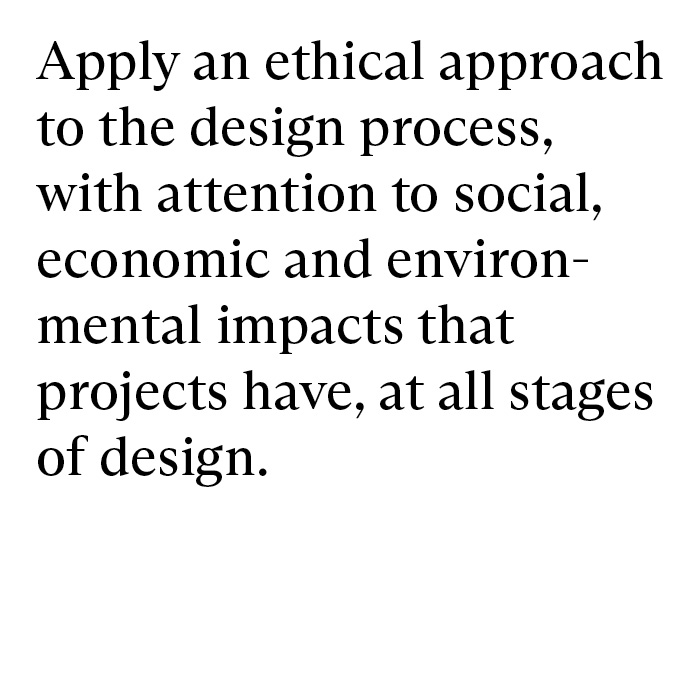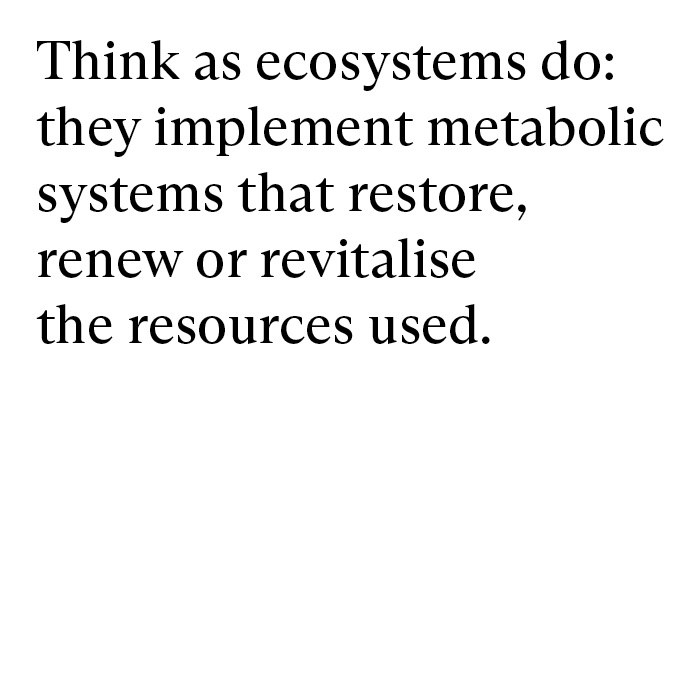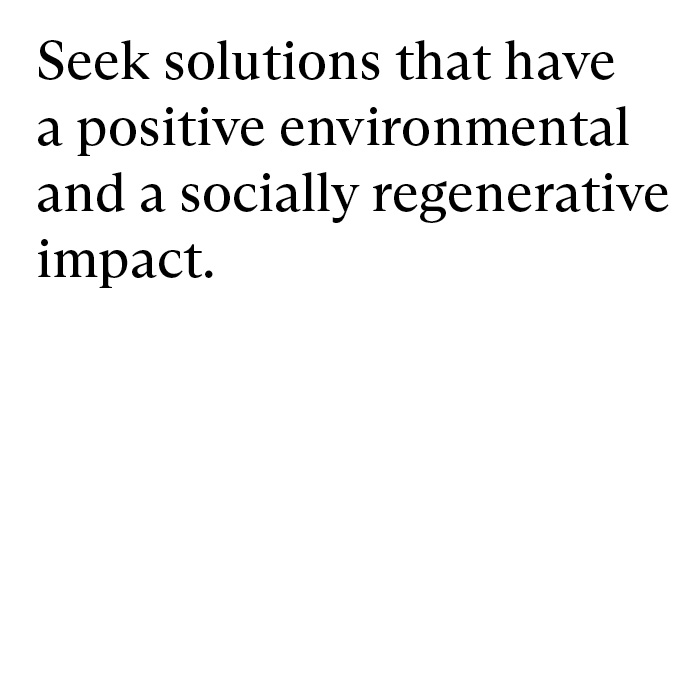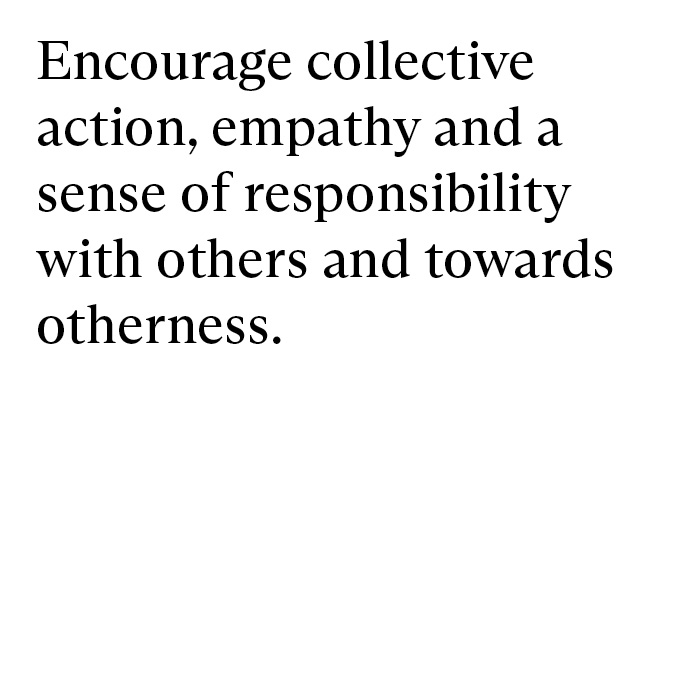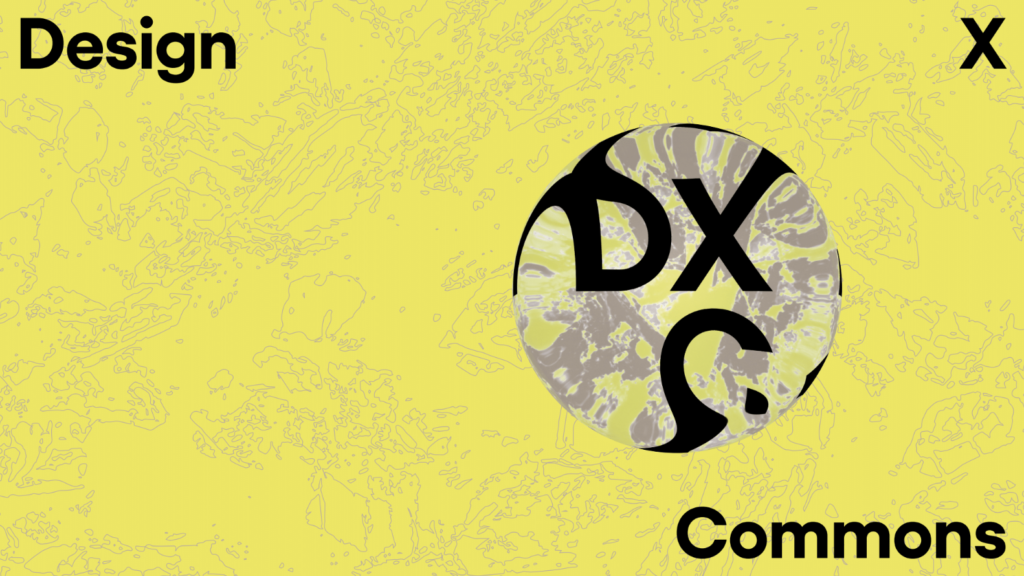
WHAT KIND OF WORLDS DO WE IMAGINE? The current moment of political confusion, climate emergency and resource depletion is close to the point of no return. In all this, the question “what kind of world do we want to live in?” resonates strongly. Above all, WE – and we as cultural practicioners – CAN imagine good iterations to this question because a simple question, after all, is a space of possibilities, thus a possible space generated for social and ecological justice.
I have recently worked and collaborated to the ideation of DesignXCommons: a chart, a narrative, a learning trajectory and the design focus of the Master of Arts programs offered by IED – Istituto Europeo di Design, of which now I am Head of MA Programs in Milan, Italy. Unlike what usually happens in design schools, we thought about what orientation to have as a school before designing the individual pedagogical paths.
DesignXCommons means striving for a more equitable, sustainable and inclusive future, where imagination and creativity play a central role and where shared resources are recognised, protected and accessible to all.
All young designers I’ve met actively feel they want to contribute through design to a more resilient world. Whatever your disciplinary orientation, find meaningful approaches and values to rethink the way we live, design and produce, in deep connection with the communities and environments around us, to reconcile the needs of society with the habitability of the planet, whoever its inhabitants are.
The concept of commons is defined as the set of material and immaterial resources, with which several communities of people relate and which can therefore be considered the collective heritage of humanity.
Nevertheless the very act of producing, managing, sharing and distributing these common resources is what is known as commoning, which is therefore an act of design, involving the development of active propositions between a common good (commons) and one or more commoners (communities).
Placing the commons perspective at the core of design education today, means acknowledging how design has always had (and continues to have) a fundamental role as a social balancer in making a more equitable future accessible to all – be it related to issues of diversity, community or availability of resources and services.
I share seven simple tips below, basic orientations to stop thinking about what design is, but actually move forward from disciplinary definition to active and collective propositions as acts of design.
